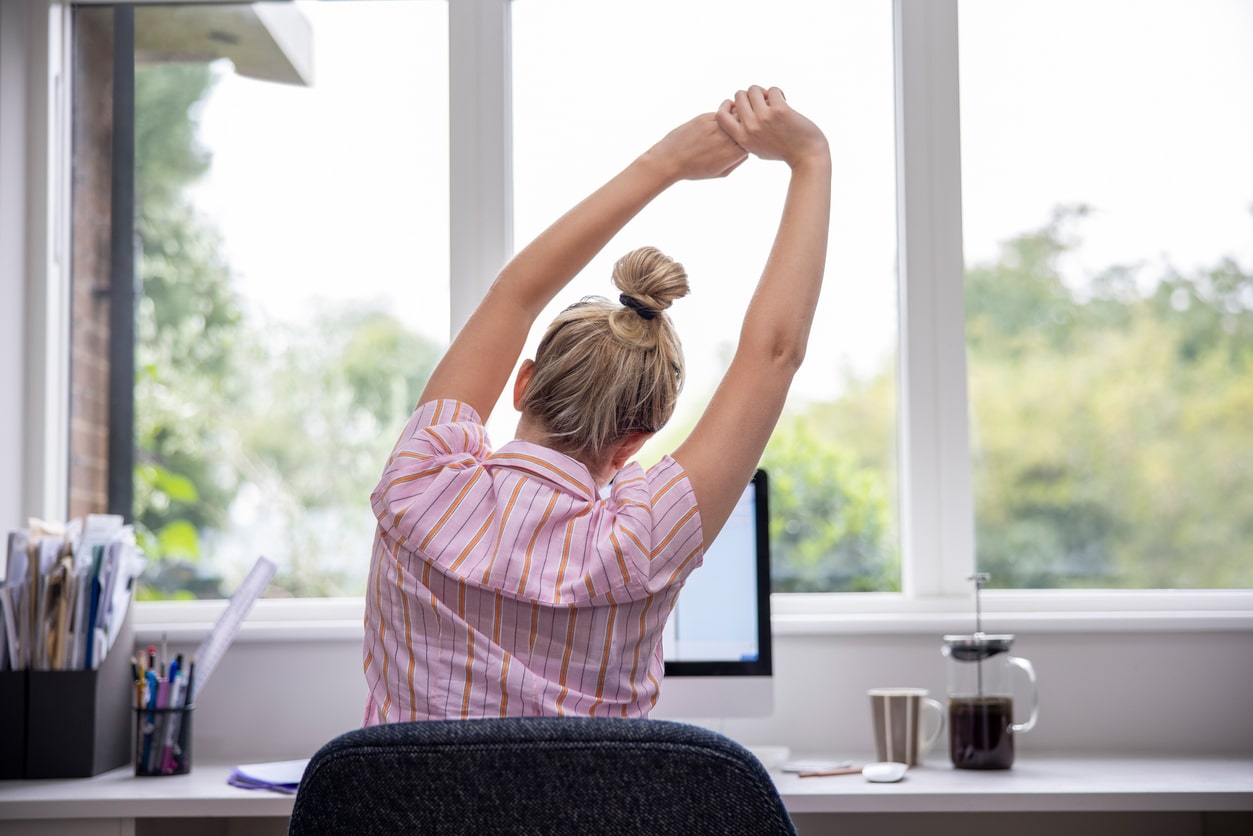Virtual Fatigue
Bryan Robinson, Ph.D., Professor Emeritus at the University of North Carolina at Charlotte, has lectured all over the work on the themes of resilience and work/life balance. He has also written some 40 books on the topic. In a recent article for Forbes, he breaks down the latest research on remote work and explains the importance of micro self-care.
Robinson states that since the outbreak of the COVID-19 pandemic, a majority of employees transitioned to remote work. This has led to an increase in what is now referred to as “virtual fatigue.” A new study from Superhuman found that more than one-third of employees said email and message overload has them considering quitting their jobs. Plus, new Stanford research reveals how the shift from in-person meetings to virtual ones has taken its toll, conforming that virtual fatigue is in fact real. Further studies from Microsoft researchers found that virtual fatigue begins to set in roughly 30 minutes into Zoom meetings.
While some organizations have begun transitioning back to the workplace, many are considering staying complete or keeping employees remote part-time. If this is the case, how can we combat virtual fatigue? The answer is micro self-care.
Micro Self-Care
Micro self-care is essentially the same as self-care, but in small, quick doses. Taking short breaks throughout the day can counteract virtual fatigue and keep stress from becoming cumulative. The Microsoft study found that back-to-back virtual meetings weaken focus and engagement, and significantly increase stress. However, taking short one to five minute breaks between consecutive meetings allowed participants brains to “reset” and it actually kept stress levels low and helped prevent virtual fatigue.
A Final Note
The key is to take your break away from screens. Stand up and stretch, move around, get a glass of water, step outside, mindfully enjoy a snack, or take a moment to close your eyes and meditate. You may have been unaware that what you have been feeling was virtual fatigue. However, we can guarantee you will notice a difference once you begin incorporating micro self-care into your daily routine.
If you are an employer or team leader, pay attention to when you are scheduling meetings. Ensure employees and other team members are given at least five minutes between back-t0-back meetings and be mindful of your time. Thirty minutes or less is ideal for virtual meeting lengths. If your meeting will run longer, encourage everyone on the call to take a break halfway through.
To learn more about micro self-care and access a variety of helpful resources, be sure to check out Robinson’s article!




